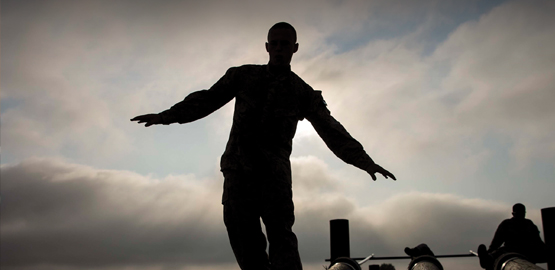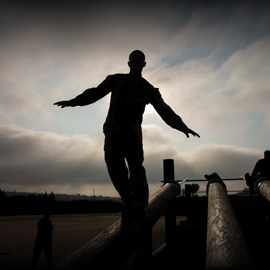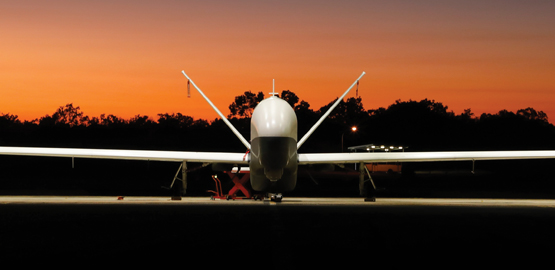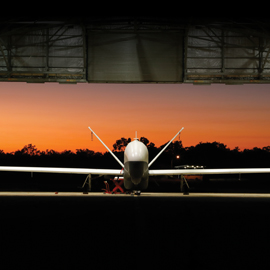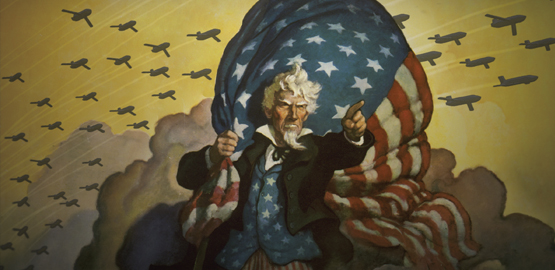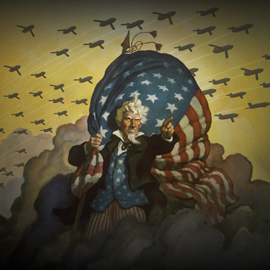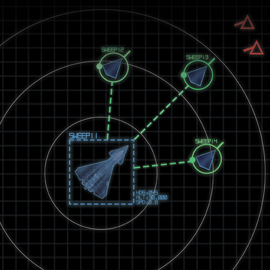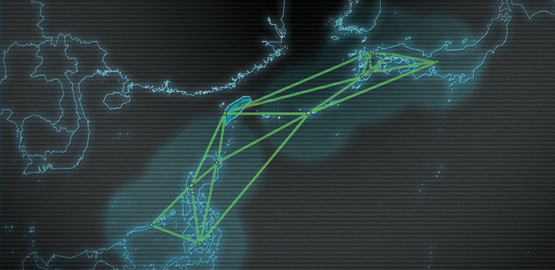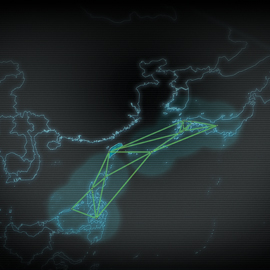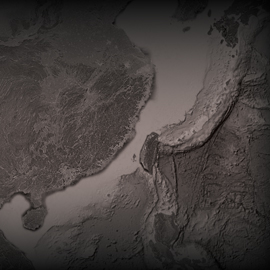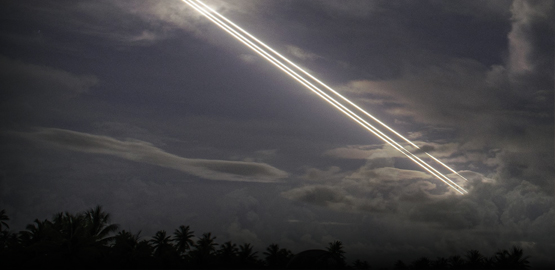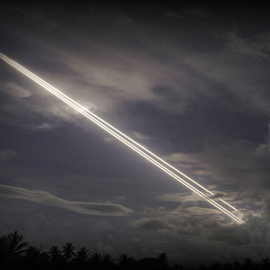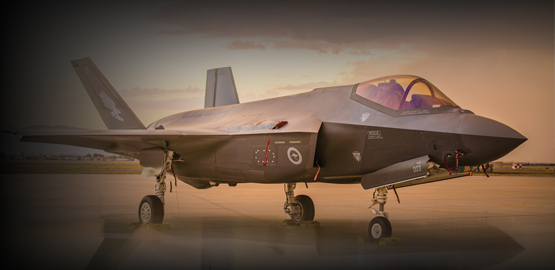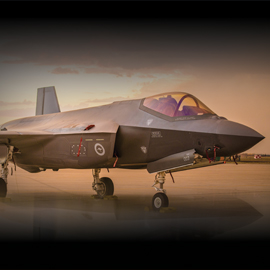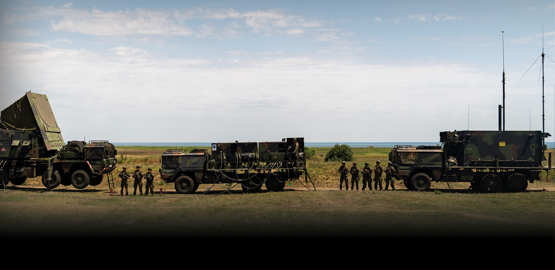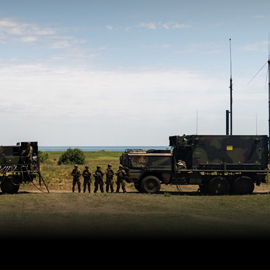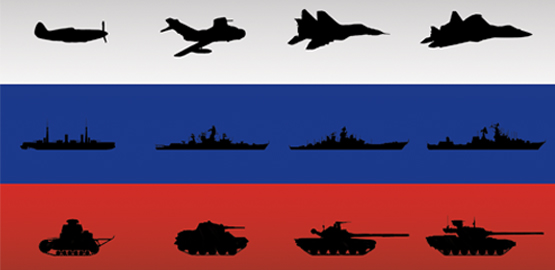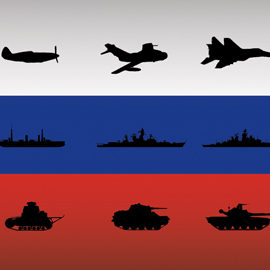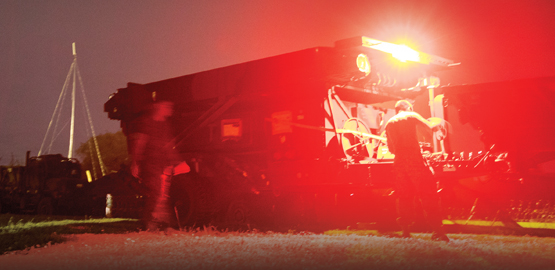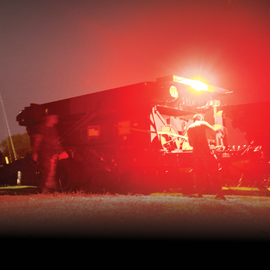Publications
"Nobody does defense policy better than CSBA. Their work on strategic and budgetary topics manages to combine first-rate quality and in-depth research with timeliness and accessibility—which is why so many professionals consider their products indispensable." – Gideon Rose, Editor of Foreign Affairs, 2010-2021
The US Navy: Charting a Course for Tomorrow’s Fleet
This paper assesses the adequacy and affordability of current US Navy plans in light of current trends in naval warfare, expected future budget environments, and, most importantly, the likely operational demands associated with three enduring, long-term strategic challenges. These challenges are: defeating both the Sunni Salafi-Takfiri and Shia Khomeinist brands of violent Islamist radicalism; hedging against potential challenges posed by authoritarian capitalist states such as China and Russia; and preparing for a world in which there are more nuclear-armed regional powers. After conducting this assessment, the report lays out recommended changes to the current Navy plans in order to envision a future fleet that is both more capable and more affordable.
The Case for Long-Range Strike: 21st Century Scenarios
Since 2005, US Air Force (USAF) leaders have committed themselves to fielding a new land-based, penetrating, long-range strike system (LRSS) by 2018. In March 2008, then USAF secretary Mike Wynne announced that a LRSS program aimed at achieving an initial operational capability (IOC) in 2018 existed, but was classified. What sort of system is needed?
An Army at the Crossroads
Throughout the twentieth century, the United States Army was oriented primarily on waging conventional warfare against a similarly armed great power, first the German Army during the World Wars and later the Soviet Army during the Cold War.
Cost of the Wars in Iraq and Afghanistan, and Other Military Operations Through 2008 and Beyond
The United States has been at war since the end of 2001. In October of that year it began sending forces into Afghanistan. In March 2003, the United States invaded Iraq. Today, US forces remain heavily engaged in both countries. In the Fall of 2008, there were some 200,000 US troops in the region, of which about 150,000 were in Iraq and about 35,000 in Afghanistan. Since the terrorist attacks of September 11, 2001, the US military has also been engaged in homeland security related operations.
Special Operation Forces: Future Challenges and Opportunities
Special Operations Forces (SOF) are elite, highly trained military units that conduct operations that typically exceed the capabilities of conventional forces. They have figured prominently in US military operations since 2001 and have become central to the implementation of US national defense strategy with respect to the war against violent Islamic radicalism. During the unconventional war against the Taliban and al Qaeda in Afghanistan in Operation Enduring Freedom, SOF played a pivotal role by integrating US precision air power with the operations of irregular Afghan opposition forces to achieve rapid regime change and eliminate al Qaeda’s primary sanctuary.
The US Marine Corps: Fleet Marine Forces for the 21st Century
During the 1920s and 1930s, even as it was engaged in a series of “small wars,” the Marine Corps dedicated itself to solving the “Gallipoli problem”: how to conduct amphibious assaults against a heavily defended shore. To do so, the Corps had to develop new concepts of operation, tactics and techniques, equipment, and organizations that enabled it to apply combat power against the enemy more effectively. The most daunting tactical challenge for the Corps was gaining a foothold on an enemy shore and steadily building combat power while under constant attack. The Navy and Marines thus developed an operational concept that included extensive shore bombardment from Navy ships and naval aircraft, amphibious landing craft by which the Marines could get to the beach, and various techniques for methodically breaking through and reducing enemy defensive positions. The fruits of the Corps’ labor were seen in the many amphibious successes of the United States military in World War II, in both the Pacific and European theaters.


